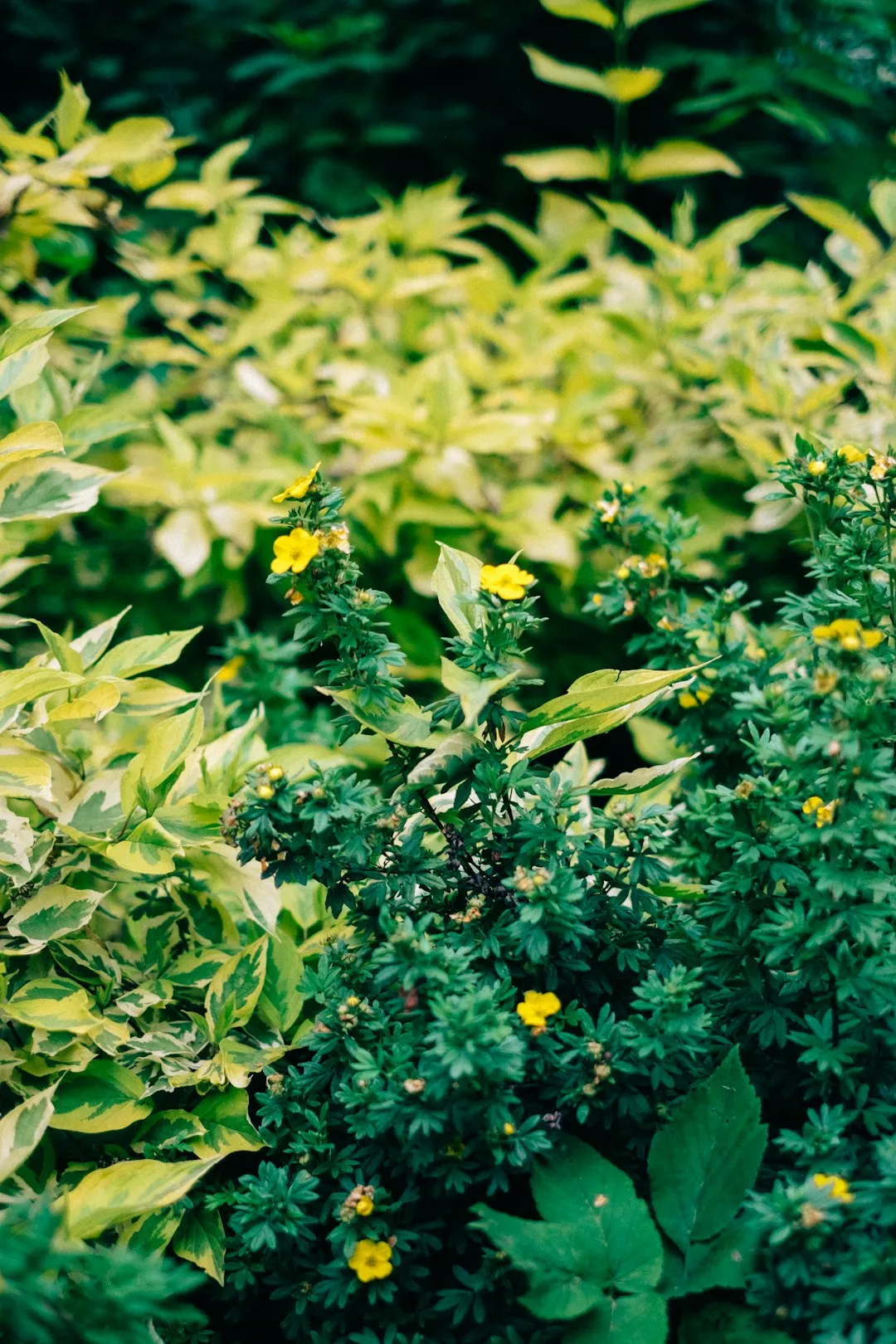Transform Your Yard with Raised Garden Bed Magic

Are you tired of the hassle of digging up your yard to create a beautiful garden? Well, fret no more! With these amazing raised garden bed ideas, you can craft the ideal planting space without all the back - breaking work of traditional gardening.
Raised garden beds offer numerous advantages. First and foremost, they provide better drainage. Excess water can easily drain away, preventing waterlogging that can harm your plants. This is especially beneficial for plants that are sensitive to overly wet soil conditions. Additionally, raised beds are easier to maintain. You don't have to bend down as far, which is great for those with back problems or limited mobility. They also help keep out pests to some extent, as it's more difficult for ground - dwelling pests to reach your plants.
One of the simplest ways to start a raised garden bed is by using wooden planks. You can purchase untreated lumber from your local hardware store. Cedar is a popular choice as it is naturally resistant to rot and insects. Assemble the planks into a rectangular or square shape, depending on the available space in your yard. Make sure to secure the corners properly, perhaps with screws or brackets. You can stack multiple layers of planks to create a taller bed, which is great for root vegetables that need deeper soil.
If you're looking for a more aesthetically pleasing option, consider using stone or brick. Stone raised beds give a rustic and elegant look to your yard. You can use natural fieldstone or cut stone blocks. The process of building a stone bed might be a bit more time - consuming as you need to carefully stack and level each stone. However, the end result is truly stunning. Brick beds, on the other hand, offer a classic and formal appearance. You can lay the bricks in various patterns, such as running bond or herringbone, to add visual interest.
Another creative idea is to repurpose old materials. For example, you can use old bathtubs or sinks as raised garden beds. These can be a fun and unique addition to your yard. Just make sure to drill some holes in the bottom for drainage. Old tires can also be used. Stack them on top of each other and fill them with soil. They are readily available and can be painted in bright colors to make your garden more vibrant.
When it comes to filling your raised garden bed, quality soil is key. You can use a mixture of topsoil, compost, and peat moss. Compost adds essential nutrients to the soil, while peat moss helps with moisture retention. You can also add some slow - release fertilizer to give your plants an extra boost. Make sure to loosen the soil before planting to allow the roots to spread easily.
Now, let's talk about what to plant in your raised garden bed. You can grow a wide variety of vegetables, herbs, and flowers. For vegetables, tomatoes, lettuce, peppers, and cucumbers are great choices. They grow well in raised beds and are relatively easy to care for. Herbs like basil, thyme, and parsley can add a wonderful aroma to your garden and are also useful in the kitchen. Flowers such as marigolds, petunias, and zinnias can add a splash of color and attract pollinators.
Maintenance is an important part of caring for your raised garden bed. Regularly water your plants, especially during hot and dry weather. Mulching the soil surface can help reduce water evaporation and suppress weeds. You should also check for pests and diseases regularly. If you notice any issues, take appropriate action, such as using organic pesticides or removing infected plants.
In conclusion, raised garden beds are a fantastic way to create a beautiful and functional planting space in your yard without the need for extensive digging. With a little creativity and effort, you can transform your outdoor area into a lush and vibrant garden that you can enjoy all year round.